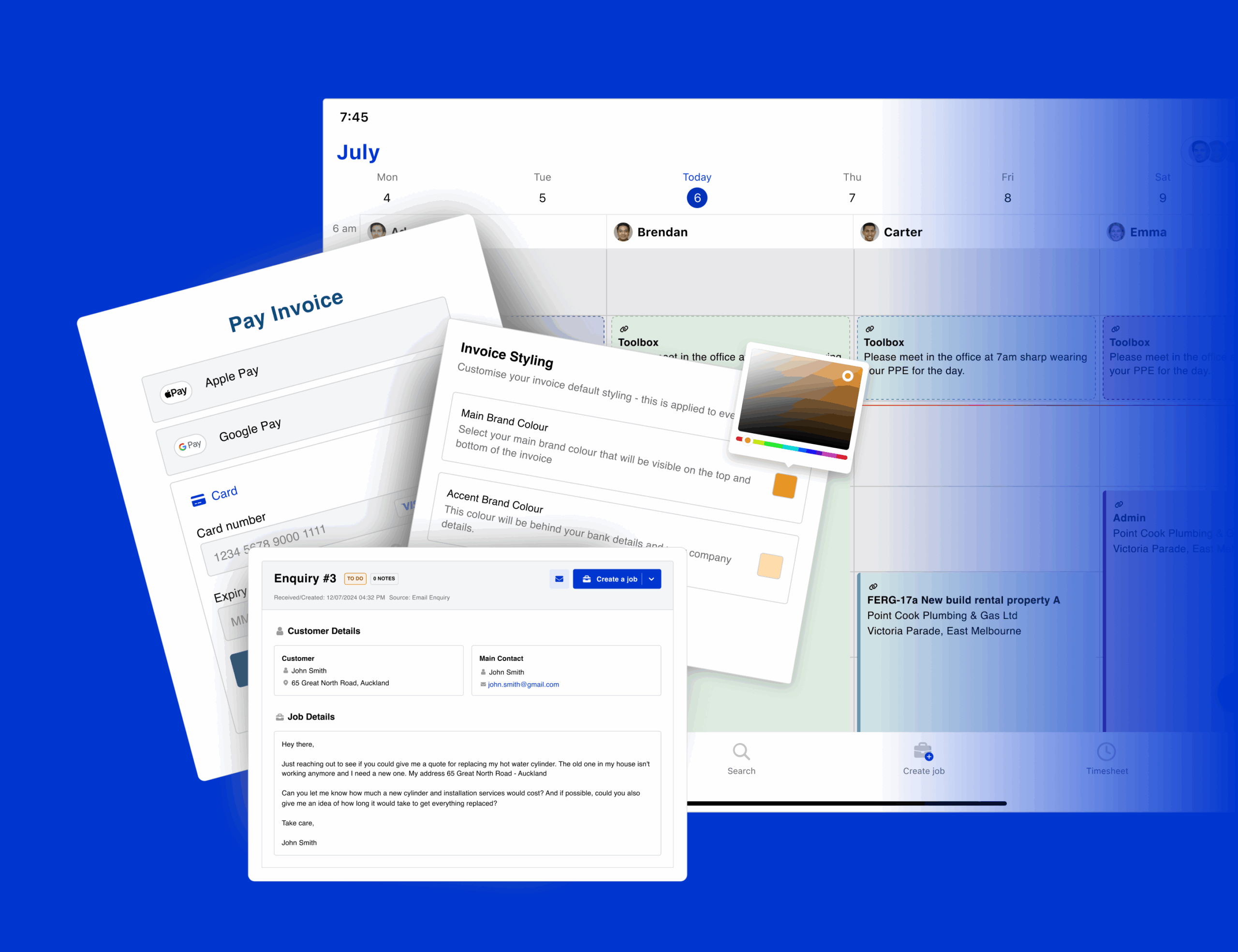
If you’ve been following this series of blogs or you’ve heard me speaking at an event before, you’ll be familiar with my bucket analogy. Put very simply, your business is like a bucket with holes in it: when you earn money by doing jobs the bucket fills up while running costs such as labour, materials and overheads create holes causing the bucket to empty.
Some costs are mandatory, you can’t run your business without them, while others are controllable – and you can reduce the amount of money leaking out by managing these costs better.
It’s important to understand the different types of overheads, in order to know which ones you can control, and therefore manage better to keep your bucket fuller. Most people you speak to will tell you there are two types of overheads: Fixed and Variable. But I propose that a third type exists, the Optional ones – and my advice below is based on these 3 categories…
First, let’s clarify what an overhead is:
Overheads are indirect costs that don’t directly relate to the product or service you provide, but they do support your activity. For example, labour and materials wouldn’t be considered overheads but office rental fees would be.
Now let’s look at the different types:
As the name implies, fixed overheads don’t change. They’re the non-negotiables you must incur in order to stay in business and they aren’t overly affected by changes in activity. Common examples include rent, insurance, phone, petrol, etc. Most fixed overheads don’t fluctuate all that much from year-to-year either, so the best indicator of what you can expect for the year ahead is to look at what you paid the previous year.
Working out your total fixed overheads for the year is a pretty quick calculation, but the trick to keep your head above the water and ensure you earn enough to cover your fixed overheads is to divide up the total amount by 11 months instead of 12. Why? Working on an 11 month year allows for the seasonal effects of Christmas/NY and Easter when you’re typically a lot quieter and work is hard to come by. After you’ve done that calculation, you then know how much Gross Profit you need to earn each month to cover your fixed overheads.
Variable overheads are the ones that do change month-to-month, reflecting changes in output. A few examples include advertising, sales activity, gear for the staff, etc. While they are variable, and you can’t strictly control them that much, you’ll generally know enough to be able to budget fairly accurately if you look at your previous year – and this will help inform your decisions re optional overhead spend.
To work out variable overheads, again do the 11-month calculation and then add this amount to the Gross Profit figure you need to earn each month.
This is where things get interesting and the bit I really want to talk about because these are the overheads you have the most control over. They’re the overheads you don’t need to spend to keep your business running, but they’re things you want to do.
Without question, you can always spend more money on your business – new carpet for the office, a better website, replacement tools for the staff, another office support person, health and safety improvements, business mentoring and coaching… There is literally no end to how much money you could spend.
But there aren’t endless jobs, nor endless amounts of time to do those jobs, which means there isn’t endless money to pay for these overheads either. So what do you do?
You have to budget. Make a wish list. Prioritise the things you really want to do and work these into your budget. The combined total of your fixed, variable and optional overheads must be covered by Gross Profit. So you have to realistically work out how much Gross Profit you can earn each month, then deduct the amount you need to spend on Fixed and Variable Overheads. Whatever’s left – if anything – is what you have available to spend on your Optional overheads. Or you could keep it and help increase your Net Profit… the decision is yours.
And finally, whatever you do, don’t spend more on overheads than what you’re earning in Gross Profit. Do that and you’ll be back looking for a new job within months.
Stop drowning in admin & paperwork. Start focusing on the jobs that make you money.



Our 20,000+ trades businesses have slashed their admin, are getting paid faster, and are finally enjoying their weekends again.





Chat with a Fergus expert to see how we can cut your admin time, keep your jobs on track, and get you paid faster.